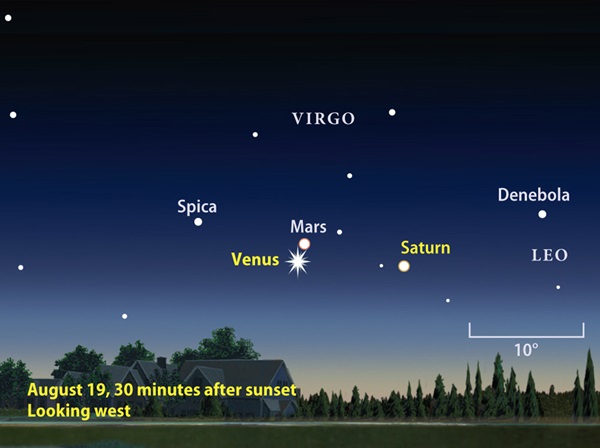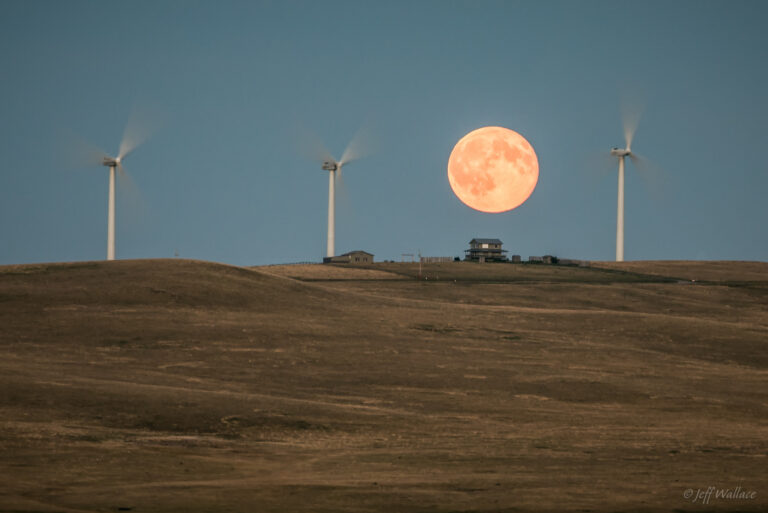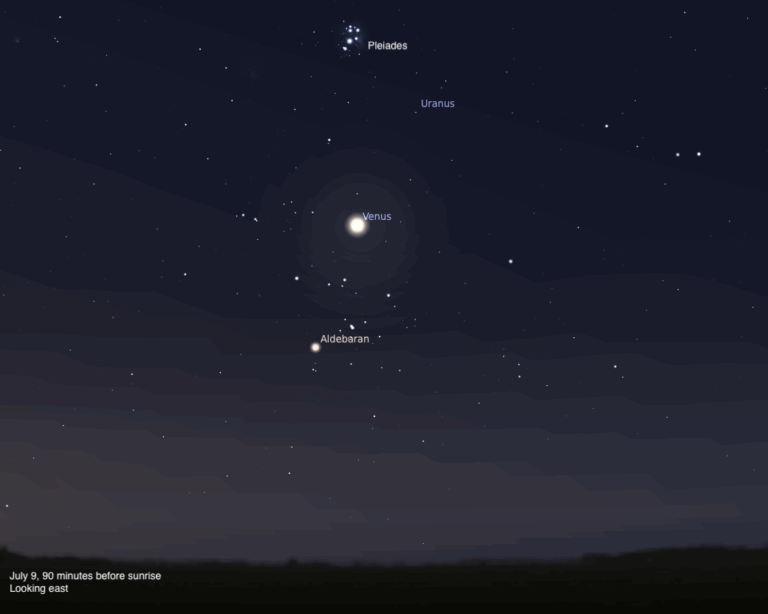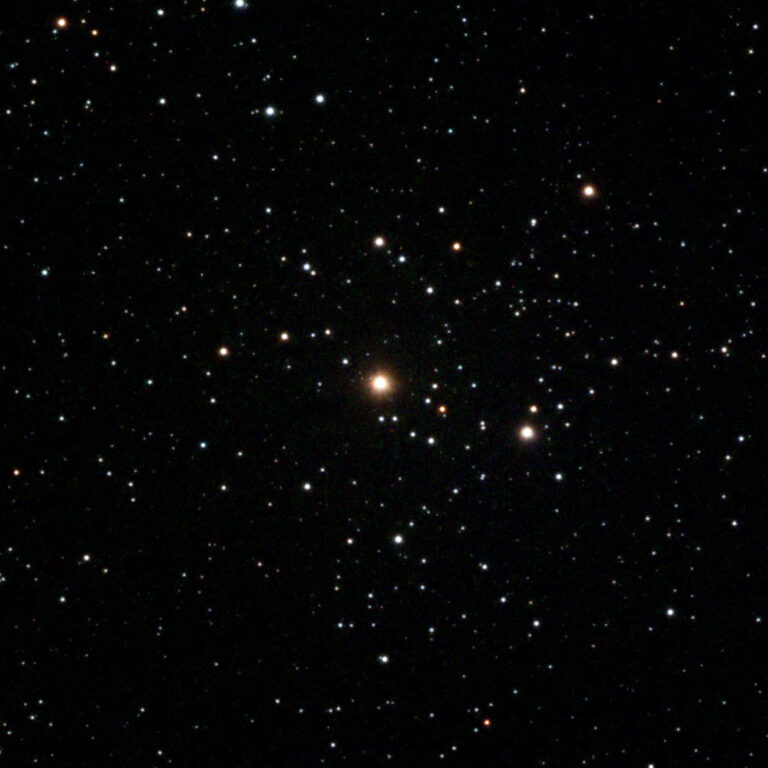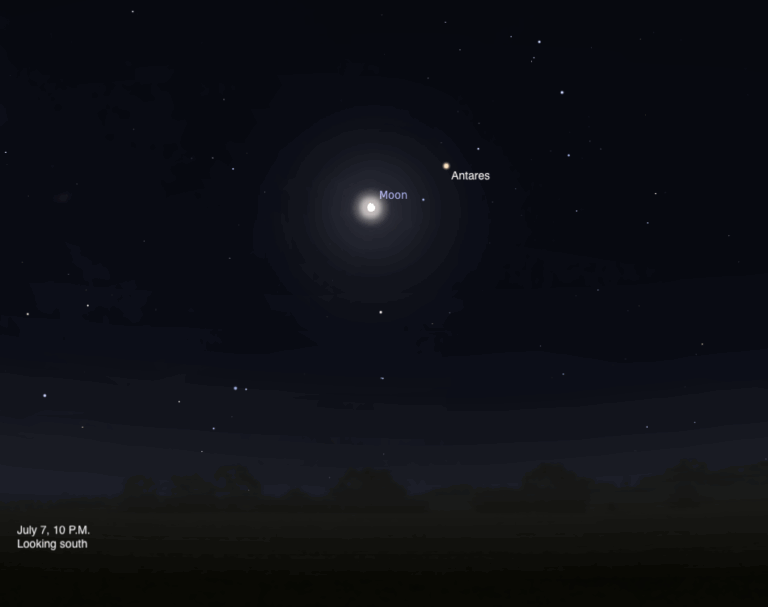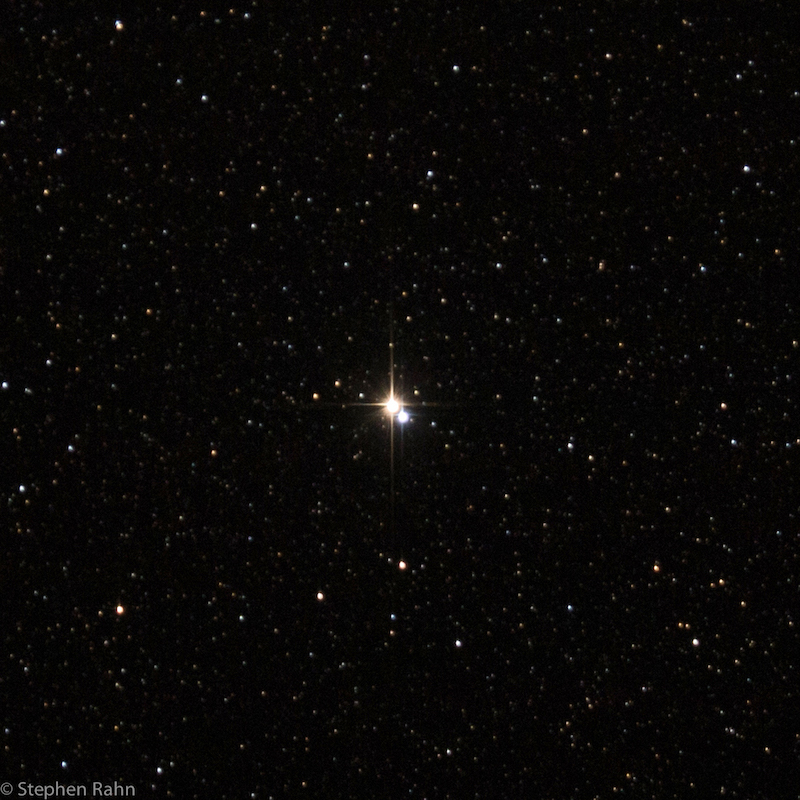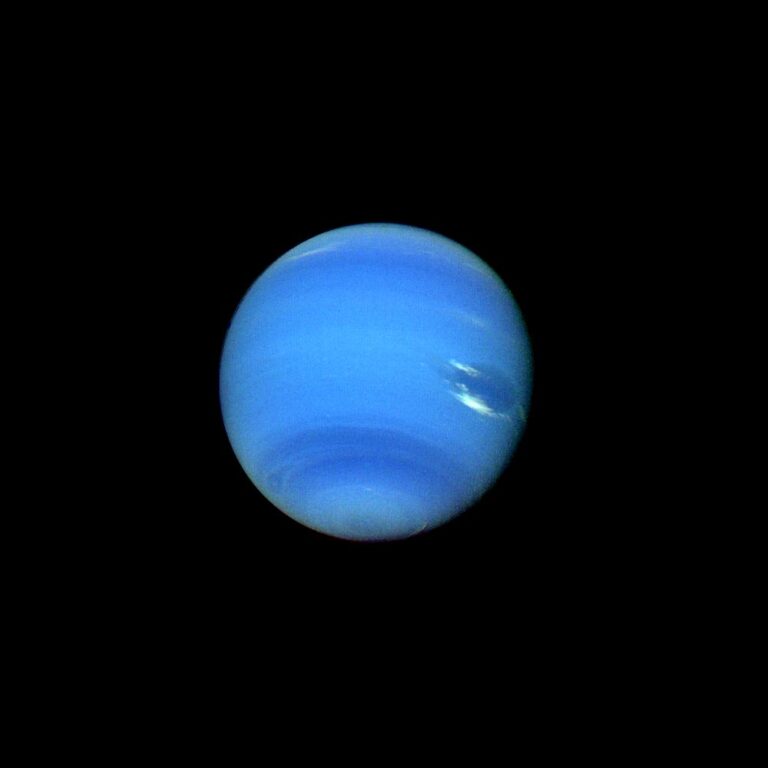Key Takeaways:
Venus reaches greatest elongation the evening of August 19. That night, it lies 47° from the Sun, its maximum distance for this appearance. “Venus now appears higher and brighter in the evening sky than at any time in the past 18 months,” says Astronomy magazine Senior Editor Michael E. Bakich. “You don’t want to miss this opportunity because it won’t be this high again until late next year.”
On the night of greatest elongation, Venus has some noteworthy neighbors. The planet Mars lies just 2° above Venus. (That’s approximately the width of one finger when held at arm’s length.) You might have a hard time spying Mars with naked eyes, however — it glows less than 1 percent as bright as Venus. If you can’t pick out Mars in the twilight, binoculars will bring it into view.
Two other objects of note lie farther away. The planet Saturn lurks approximately 10° to Venus’ right and the star Spica in the constellation Virgo sits 10° to Venus’ left. Both shine a little brighter than Mars but fall far short of dazzling Venus. By the end of August, Venus has slid left along the horizon and then lies just 1° below Spica.
Although naked eyes and binoculars offer the best views of the evening scene, anyone with a small telescope will get a thrill from targeting Venus. At greatest elongation, Venus looks like a miniature version of a First Quarter Moon, with one half in sunlight and the other in darkness.
- At greatest elongation August 19, Venus lies 63.7 million miles (102.5 million kilometers) from Earth.
- On that same date, Mars lies 194.7 million miles (313.3 million km) from Earth, and Saturn is 961.7 million miles (1.548 billion km) away.

